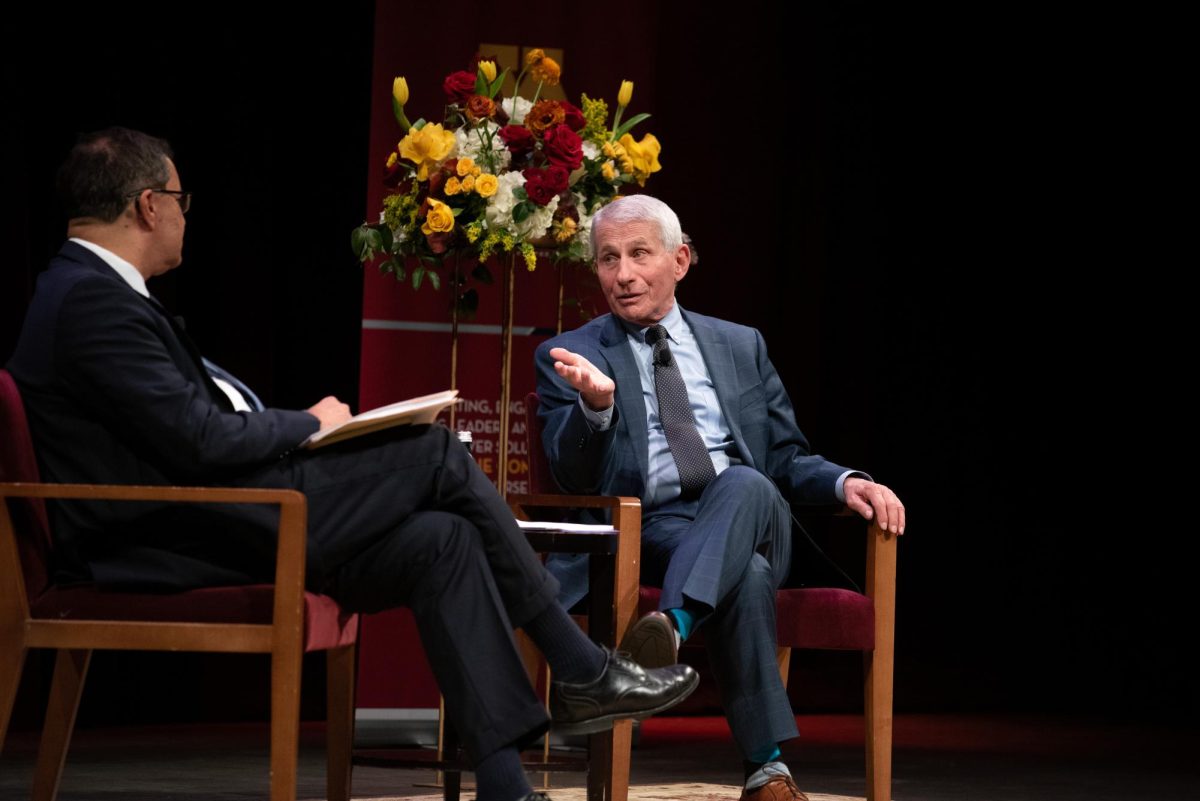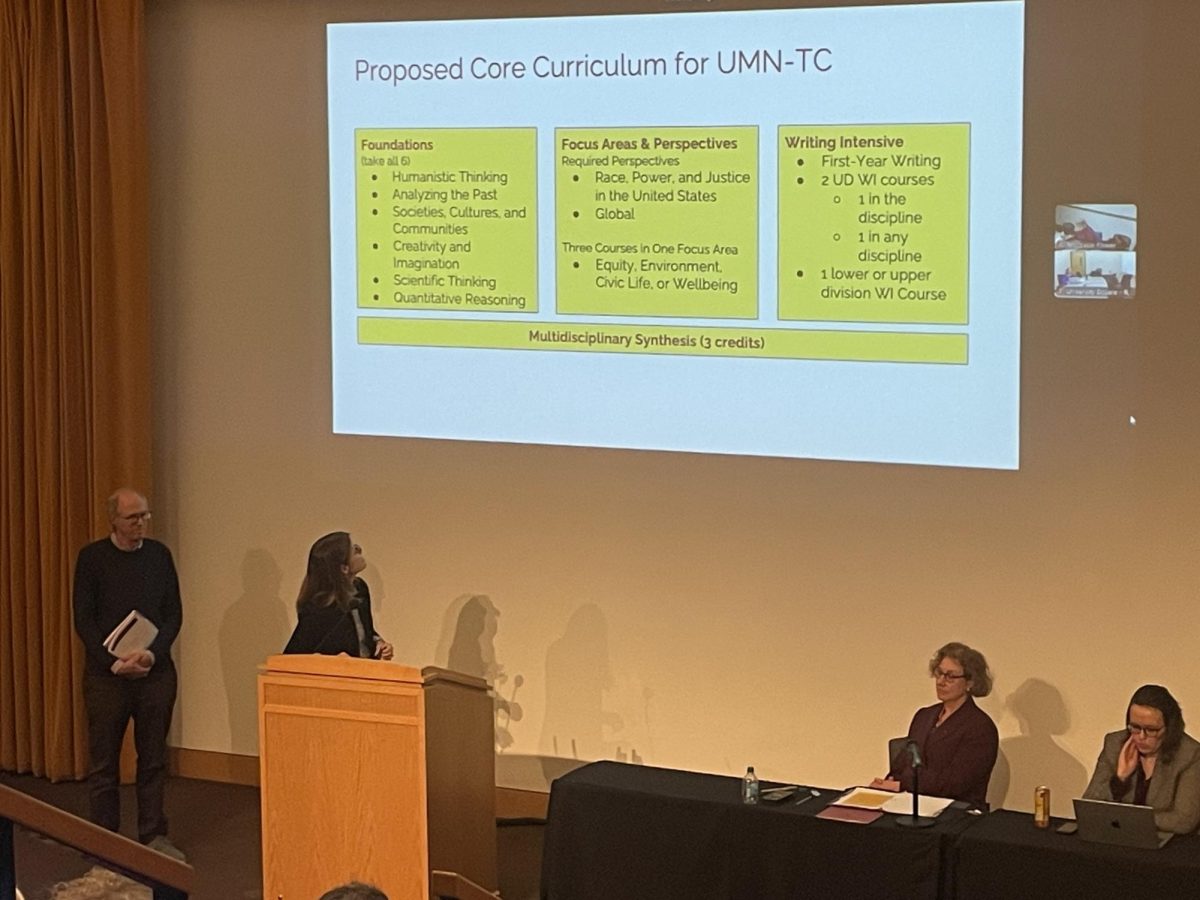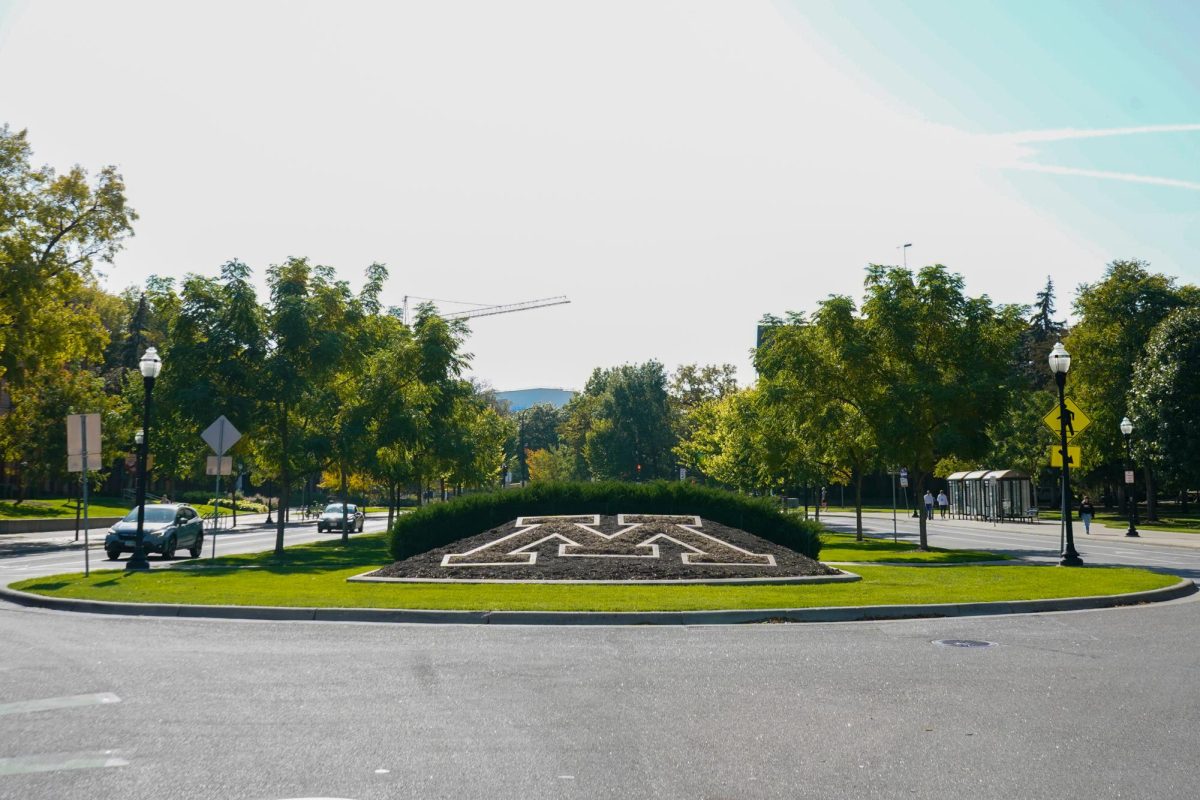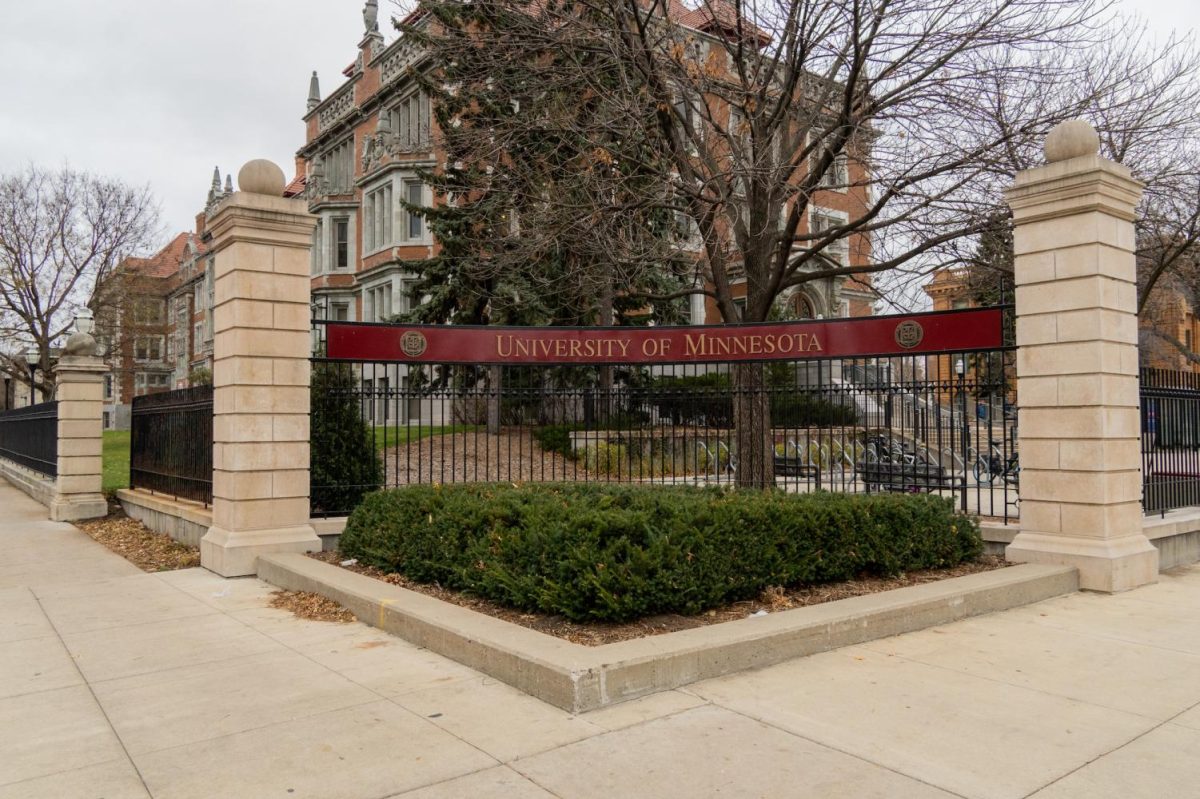Faculty at the University of Minnesota are alarmed that fewer professors are offered tenured positions.
In 2023, there were 4,823 tenured faculty members across the five University campuses, compared to 5,656 professional staff members, including lecturers.
Tenure is a term that faculty and students across the campus struggle to understand.
The University Board of Regents defines tenure as “essential for safeguarding the right of free expression and for encouraging risk-taking inquiry at the frontiers of knowledge … The people of Minnesota are best served when faculty are free to teach, conduct research and provide service without fear of reprisal…”
Gopalan Nadathur, a professor in the College of Science and Engineering, chairs the Academic Freedom Protections for Non-Tenure-Track Faculty Appointments task force.
“There’s a lot of misunderstanding amongst faculty about what the tenure system is about, many of my colleagues don’t understand that the primary purpose of the tenure system is to protect academic freedom,” Nadathur said.
Nadathur said tenure and academic freedom have been grouped together since tenure was first used in higher education in the early 20th century.
“There were two things that were important in academia. One, integrity of scholarship and the other one was quality of scholarship,” Nadathur said. “Tenure is something that’s supposed to protect both.”
The task force is concerned that tenure may be losing influence at the University.
“It works only if everybody has academic freedom who is involved in teaching and research, it turns out that at our University, over 40% of the faculty are not in the tenure system,” Nadathur said.
Nadathur said without tenure, students’ education suffers as well because professors are afraid to discuss controversial topics in class.
“When we talked about this in the academic freedom and tenure committee, we saw some examples where people would not do ambitious things in classes,” Nadathar said. “The point of view we heard was they didn’t want to get into anything controversial, because if they did, that might have a consequence on their continued employment.”
The report published on June 23 defines how professors without tenure do not discuss controversial topics in class or do not offer certain classes because their academic freedom isn’t protected.
“Excellent as the scholars, scientists and teachers hired in such positions may be, they are disadvantaged by the precarity of their employment,” according to the report.
A lack of tenure provides major concerns to faculty members, especially those whose research is deemed controversial.
Eva von Dassow, a professor in the Department of Classical and Near Eastern Religions & Cultures, was a member of the task force.
“The employer should not influence how I do my job as a faculty member, the basic idea is that you can trust me to have exercised my own judgment, both in the classroom and in my research,” von Dassow said.
Beyond impacting how professors teach, a lack of tenure positions would impact what classes are offered.
“Among the consequences are instability in curricular offerings and potentially cutting or changing the curriculum,” von Dassow said. “Curricular continuity and stability depends on having faculty who are in place for the long term.”
Work on the task force began in 2022 when the Academic Freedom and Tenure Committee released a resolution to explore this subject.
The task force worked throughout 2023, finished deliberations in May 2024 and wrote the report published in June.
This report led to several debates at faculty senate meetings, including the Faculty Consultative Committee in October and the Academic Freedom and Tenure Committee on Oct. 24.
Discussions of how academic librarians fit into this discussion have been continuous, as one librarian currently sits on the task force. It has also been a big part of the conversation, as Nadathur said.
“The tenure system is a vehicle for protecting academic freedom,” Nadathur said.














KM
Nov 15, 2024 at 12:06 pm
Last year the College of Veterinary Medicine removed from it’s Constitution the requirement that Department Chairs be tenured faculty….
Dennis Hejhal
Oct 31, 2024 at 4:31 pm
The 4823 mentioned in the text of the article, per the Headcount link
at bottom of graph, refers to all “Faculty”. It thus includes
tenure-track (tenure-eligible) people, too. The graph refers only to tenured. The numbers in the graph come from the Headcount link,
if you click around to search for numbers sorted by Tenure Status.
In CSE, the number of tenured faculty went up (327 in 2012, to 349 in 2023). “CSE is a popular place.”
maybe
Oct 31, 2024 at 8:58 am
While the work of the AF&T task force is deeply appreciated, it’s a little late to be concerned that tenure is losing influence at the U; that ship sailed about a decade ago. We see from how poorly tenured instructores like Carl Elliot and Raz Segal were treated that having tenure does not guarantee academic freedom or even basic respect. Perhaps the BOR should enshrine academic freedom in the contract language for all employees, given that tenure is clearly aging itself out of the equation.